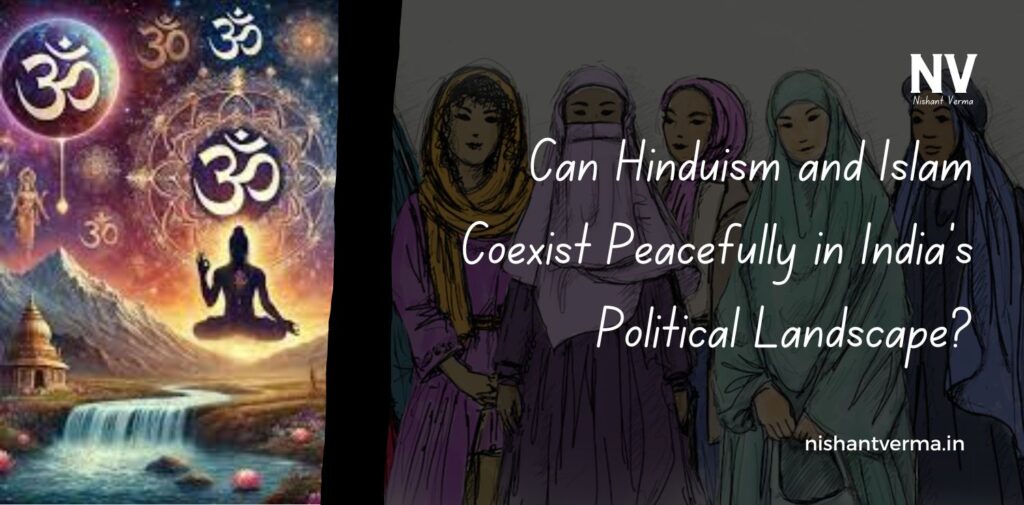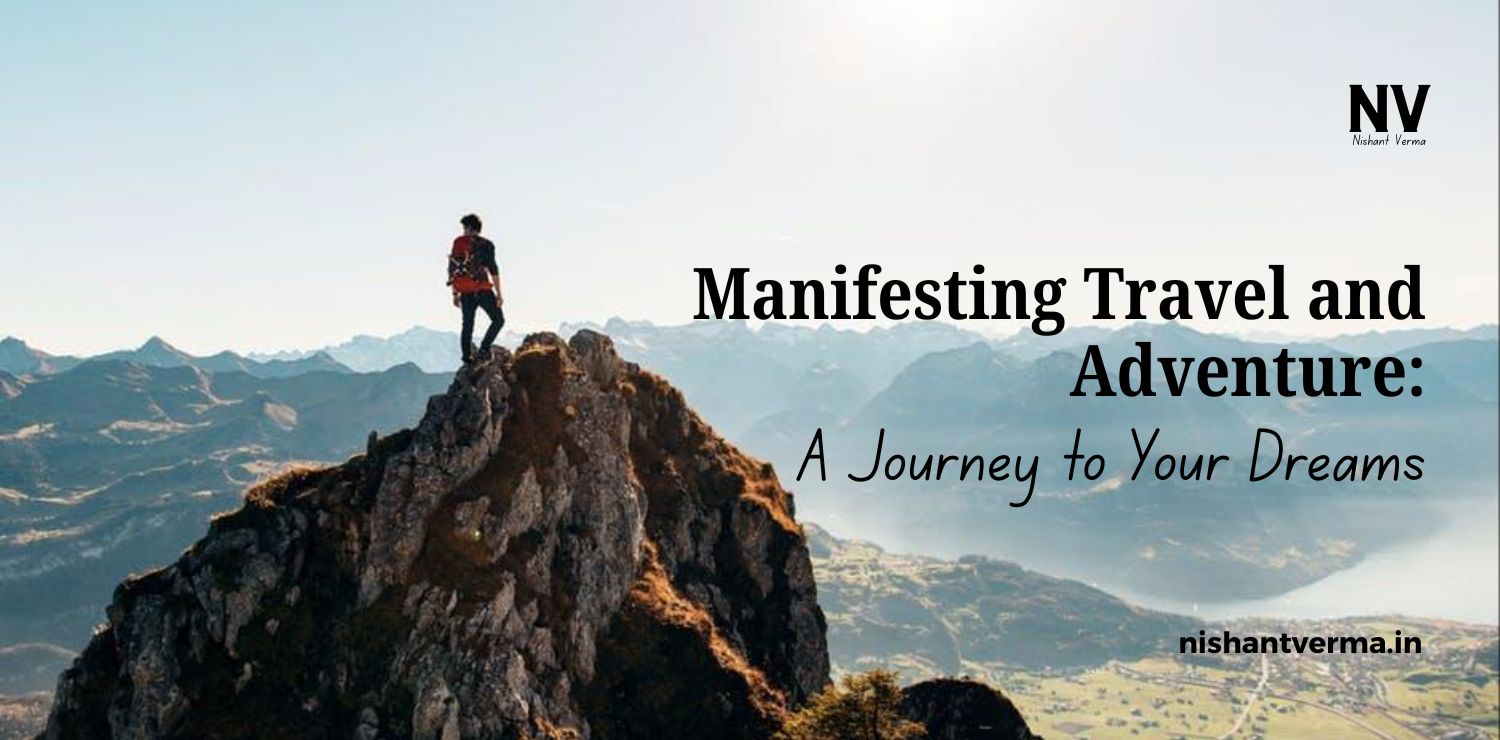India, a country known for its rich history and diverse culture, is home to a variety of religions, with Hinduism and Islam being the two largest. Together, they make up a significant portion of the country’s population. Hinduism, which is practiced by around 79% of the population, and Islam, followed by around 14%, have coexisted in India for centuries. However, in recent times, the question of whether these two religions can continue to coexist peacefully in the country’s political landscape has become a subject of intense debate.
In this article, we will explore both sides of this issue: one where Hinduism and Islam can coexist peacefully, and the other where challenges to this peaceful coexistence arise.
Hinduism and Islam’s Historical Coexistence
Before diving into the current political scenario, it is important to look at the historical context. India has a long tradition of religious pluralism. For much of the history, Hindus and Muslims have lived together in villages, towns, and cities, sharing cultural practices, food, festivals, and even art forms. The Mughal period, for example, saw the flourishing of Hindu-Muslim cooperation, with emperors like Akbar encouraging dialogue and the blending of traditions. There were numerous examples of joint cultural achievements and peaceful coexistence.
In addition to that, several saints and leaders from both religions have preached the message of love, tolerance, and respect. For example, the Bhakti saints of Hinduism, like Kabir, and Muslim Sufi saints, like Nizamuddin Auliya, promoted communal harmony and a shared understanding between followers of the two religions. The belief in “unity in diversity” has been one of India’s strongest pillars of identity for centuries.
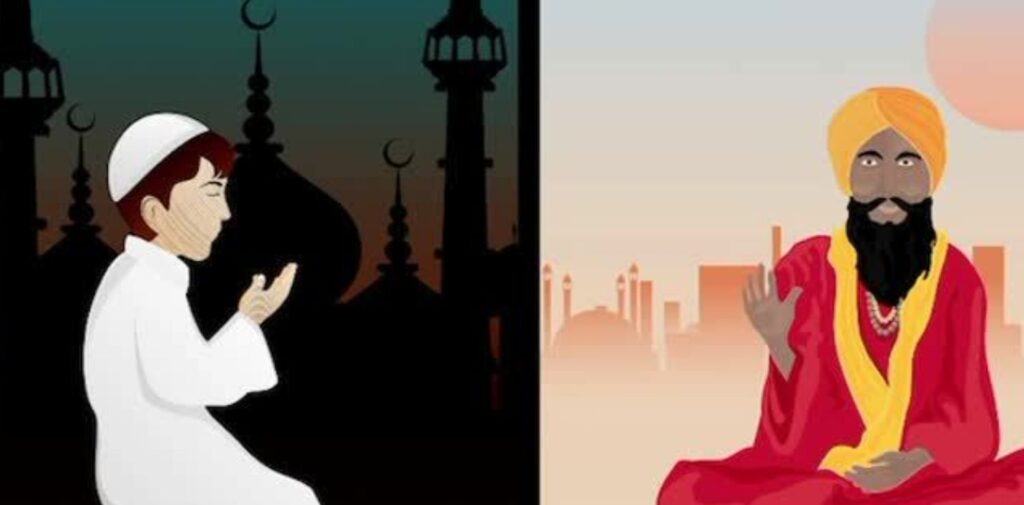
Reasons for Peaceful Coexistence Today
- Cultural Ties: Despite the political tension at times, the cultures of Hinduism and Islam have merged in many ways over the years. From music to architecture, food to language, both religions have influenced each other. The common use of words like “Shukriya” (thank you in Urdu) or “Namaste” (a Hindu greeting) shows how the cultures overlap in daily life. People of both religions also share many festivals, like Diwali and Eid, with some even celebrating both, depending on their family traditions.
- Shared Spaces and Communities: In many parts of India, Hindu and Muslim communities live side by side, working together in fields, businesses, and even in political roles. Many villages and urban neighborhoods have Hindus and Muslims living as neighbors. In such areas, people respect each other’s practices and customs. This shared space creates an environment where people from both religions learn to live together peacefully and amicably.
- Secularism in the Indian Constitution: India’s Constitution is based on the principles of secularism, which means the government does not favor any religion over another. The idea is that all religions have equal rights, and the state should remain neutral when it comes to religious matters. This secular framework has helped maintain peace between different religious communities, including Hindus and Muslims, over the years.
- Interfaith Marriages and Social Integration: Interfaith marriages between Hindus and Muslims, though still a sensitive topic in some parts of the country, have been happening for decades. These marriages often symbolize the possibility of peace and understanding between the two communities. The success of such relationships, where partners from both religions live together in harmony, proves that peaceful coexistence is possible on a personal level.
- Leadership of Tolerance: Various political leaders and social reformers in India have worked towards promoting Hindu-Muslim unity. Leaders like Mahatma Gandhi, Jawaharlal Nehru, and more recently, thinkers like Dr. Abdul Kalam, have spoken about the importance of unity among all religions for the progress of the nation.
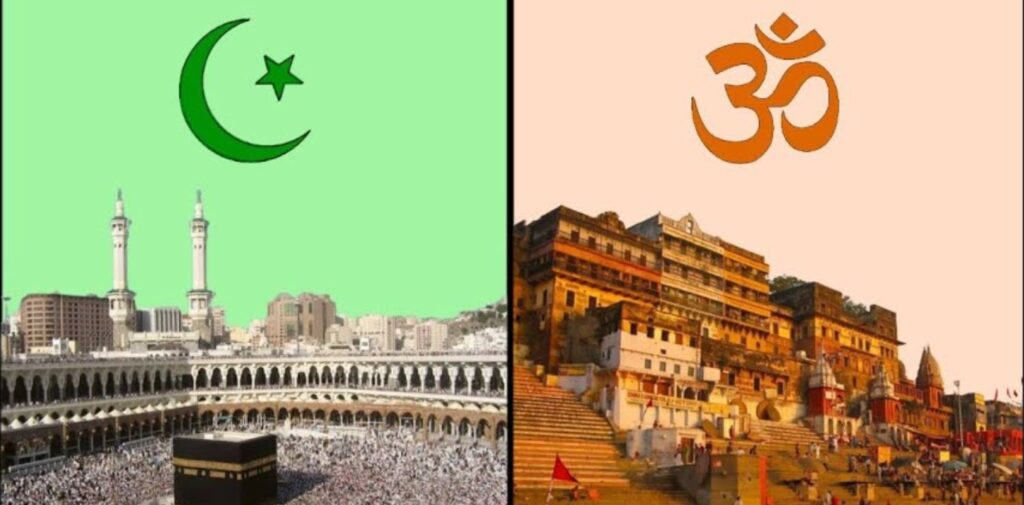
Challenges to Peaceful Coexistence
While there are many reasons for peaceful coexistence, there are also several challenges that prevent it from happening smoothly, especially in India’s political landscape today.
- Communal Tensions: Over the years, there have been incidents of communal violence between Hindus and Muslims. This violence, often triggered by political or religious issues, has led to loss of lives and property. The Babri Masjid demolition in 1992 and the subsequent riots, along with other such instances, have created deep scars between the two communities. These events have often been politicized, creating further distrust.
- Religious Extremism: Both Hindu and Muslim extremist groups have, at times, promoted hatred and violence. For example, some political groups use religious rhetoric to rally support from one community while demonizing the other. These groups often spread false information and propaganda, which contributes to an atmosphere of fear and hatred between Hindus and Muslims. The rise of radical elements in both communities makes peaceful coexistence more difficult, especially when they influence young minds with divisive ideologies.
- Political Manipulation: In recent times, some political parties have used religion to win votes. By focusing on the differences between Hindus and Muslims, they often create an “us vs. them” mentality. This kind of politics, known as “communal politics,” divides people along religious lines for electoral gain. Such strategies can deepen divisions, making it harder for Hindus and Muslims to trust each other and work together for the nation’s progress.
- Economic Disparities: Muslims, as a community, have been economically marginalized in many parts of India. This economic divide has sometimes been used to stoke resentment between Hindus and Muslims. When people feel excluded from the benefits of development, they may become vulnerable to the influence of divisive political forces. Economic inequality, especially in underdeveloped regions, can lead to frustration and mistrust, making peaceful coexistence more challenging.
- Cultural Differences: While there is a lot of cultural overlap, there are also significant differences between Hinduism and Islam. These differences, particularly in rituals and practices, can sometimes lead to misunderstandings. For example, the way festivals are celebrated, food habits, or dress codes may seem strange or offensive to the other community. These cultural differences can sometimes be magnified by politicians or media, leading to unnecessary tensions.
- Media and Social Media Influence: The role of the media and social media in today’s world cannot be underestimated. Many media outlets, in their pursuit of profit, sometimes sensationalize issues related to religion. Social media platforms, too, have become breeding grounds for fake news and hate speech. Videos and posts that highlight the worst of communal tensions are often shared widely, reinforcing stereotypes and biases. This spreads fear and distrust among people of different faiths, undermining the spirit of peaceful coexistence.
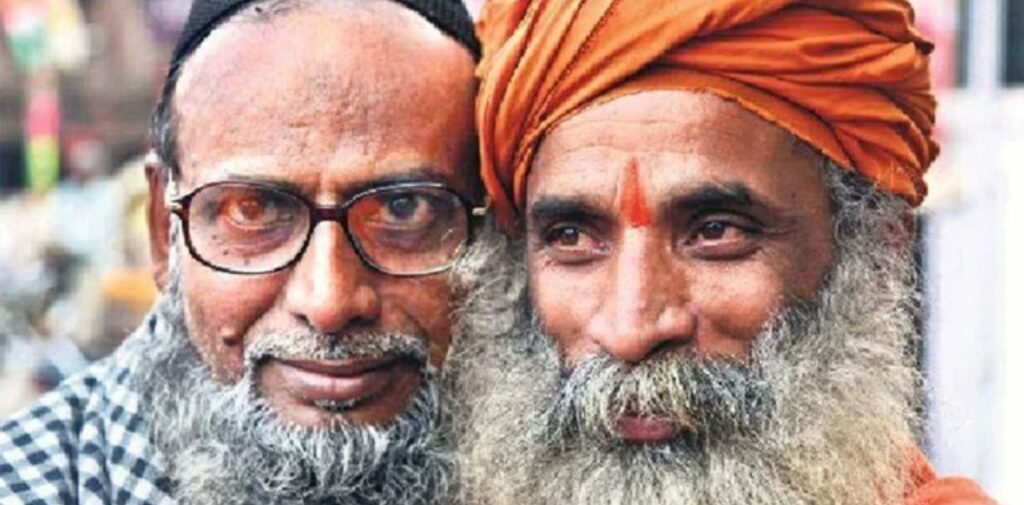
Can Peaceful Coexistence Be Achieved?
It is clear that Hinduism and Islam can coexist peacefully, as has been demonstrated in many parts of India throughout history. The potential for harmony still exists today, with communities living side by side and sharing cultural, economic, and social spaces. However, the challenges mentioned above cannot be ignored. They are real, and they need to be addressed if peaceful coexistence is to be sustained.
Efforts to promote interfaith dialogue, stronger laws against communal violence, better representation of Muslims in political and economic spheres, and more inclusive policies could go a long way in fostering understanding between Hindus and Muslims. At the same time, it is essential to protect the secular nature of the state and prevent the misuse of religion for political gain.
What Do You Think?
The question of whether Hinduism and Islam can coexist peacefully in India’s political landscape is complex, and there are valid arguments on both sides. What are your thoughts? Do you believe that both religions can live together in harmony despite the challenges? Or do you think that the political and social divisions are too deep to overcome? Your opinion matters, and it is important to think about how we, as individuals and as a society, can contribute to a peaceful and inclusive India.

